A classic stockmarket horror story for October: the Panic of 1907
In the latest of his articles on history’s great financial disasters, John Stepek looks at what the Panic of 1907 can tell us about today’s markets.

Good morning I've got another historical financial crash for your today. If you're enjoying these, you might want to catch up on any you've missed. Ones we've already covered include the vanishing depression of 1920/21, the credit crunch of 1966, and the South Sea bubble. Now I'll let you get back to today's.
October is a vintage month for stock market crashes. All the best ones happen in October.
The crash of 1929 started in October. 1987 was October, too. And 2008 well, it arguably kicked off in late September, but if you'd bought on 1 October that year, you'd still have been whimpering come the end of the month.
MoneyWeek
Subscribe to MoneyWeek today and get your first six magazine issues absolutely FREE

Sign up to Money Morning
Don't miss the latest investment and personal finances news, market analysis, plus money-saving tips with our free twice-daily newsletter
Don't miss the latest investment and personal finances news, market analysis, plus money-saving tips with our free twice-daily newsletter
A superstitious person might say "jinx". A statistician might say "nonsense".
I say, with the US stockmarket currently recording its most impressive record-breaking run since 1997, now looks the perfect time for us to share a scary story of Octobers gone by.
So today, in the latest of our weekly series on great financial disasters from history, let's look at an October classic the Panic of 1907...
How financial technology helped to create the Panic of 1907
The Panic of 1907 (also known as the Knickerbocker Crisis, for reasons we'll see shortly) was "the first worldwide financial crisis of the 20th century", notes the US Federal Reserve's history website.
As with many crashes, 1907 was part-assisted by a new financial technology. In this case, it was the trust (not to be confused with investment trusts, which helped cause 1929).
Trusts like banks took customer deposits. But unlike banks, they weren't heavily involved in the payments system they didn't do much clearing of cheques, for example so they didn't carry as much cash.
They also loaned short-term money out to equity market investors. As the Fed history website notes, the trusts would lend money to brokers. They didn't require collateral, but the loan had to be repaid by the end of the business day.
Brokers would buy equities with the borrowed money. These would then be used as collateral for an overnight loan from a bank, which would be used to repay the loan from the trust. (Banks were unable to lend directly to the brokers because they were not allowed to make uncollateralised loans.)
In effect, trusts were liquidity providers. They took savings from customers, issued short-term loans, and made money from the spread between the two.
So that's the technological backdrop. As for what had been going on in the run-up to October 1907 the Dow Jones Industrial Average had peaked at 103 back in January 1906. An earthquake devastated San Francisco in April that year. By July 1906, the market was down nearly 20%. It rallied in the second half of the year somewhat, but continued to slip steadily during 1907, and by the end of September 1907, stocks had already fallen by nearly 25% from that January 1906 high.
So it was unquestionably a tricky time similarly to the 2008 crisis, it didn't come out of the blue. But the trigger for the actual panic came later that year, when a couple of speculators, F. Augustus Heinze and Charles W. Morse tried to corner the market in a copper mining company called United Copper.
In essence, they used money from the banks they owned or controlled to bet on the share price rising. They miscalculated, the scheme collapsed, and the banks they were associated with suffered runs as depositors bailed out. These bank runs were put to a stop by the New York Clearing House (basically a banking consortium that was there to maintain faith in the payments system).
However, More and Heinze were also associated with the Knickerbocker Trust. Depositors yanked their money out of it too. Like all trusts, it wasn't part of the banking system, and so no one was willing to stand behind it and guarantee its customers' deposits. JP Morgan was asked to help out. But without being convinced of the trust's solvency, he wasn't willing to help.
The run continued, and Knickerbocker collapsed on October 22. Panic ensued. Let's say it was the Lehman Brothers moment of 1907. As Edwin Lefevre (journalist and author of Reminiscences of a Stock Operator, the biography of the stock trader Jesse Livermore) rather wonderfully put it in an article in 1908, "it is sad to want money and not get it. But to ask for your own money and not get it is the civilised man's hell."
How JP Morgan single-handedly saved the financial system
Depositors lined up outside other trusts. JP Morgan realising that things were going pear-shaped stepped in on October 24 to bail out the next-most vulnerable trust, Trust Company of America. But the damage was done no one was willing to lend to anyone. The annualised interest rate on overnight loans had leaped from 9.5% to 100%.
Quoting from Reminiscences, Livermore who made a fortune by shorting stocks through the crash describes it as "a day I shall never forget reports from the money crowd early indicated that borrowers would have to pay whatever the lenders saw fit to ask. There wouldn't be enough money to go around." In other words, it was a massive margin call.
Livermore himself, was sitting on massive paper profits. But it got to the point where he was concerned that he might be "unable to convert those profits into actual cash" if the panic went any further.
Fortunately for everyone involved, JP Morgan stepped in again. In effect, he took charge, kept the banks open and lending, and spent the next few weeks fire-fighting. The Dow Jones eventually bottomed in mid-November 1907, at 53 a 50% drop from the start of 1906.
In all, there are a lot of similarities to the crash of 2008 a series of fudges and bailouts and near-misses and panics, largely facilitated by Morgan. (This later led to a great deal of scrutiny on Morgan as people started to question the wisdom of one man having that level of power, and of course, it amplified demands for the US to have a central bank, as Britain already did.)
The economy suffered badly too. If we hadn't seen the Great Depression occur a few decades later, then we'd probably still talk about the aftermath of 1907 in similar tones. In all, there was a nasty recession between May 1907 and June 1908, in which unemployment rose from under 3% to 8%, imports collapsed by 26% and industrial production cratered.
The frustrations of being early
There's a lot to learn from this particular crash. Like many of the others I've looked at, you could write a whole book and still be leaving stuff out.
But one small thing I wanted to pull out from the point of view of an individual investor, is an interesting quote from Livermore.
He made his first fortune in 1907 (he lost it pretty quickly afterwards, which was always Livermore's big problem). But throughout 1906, he'd been bearish. And while the market did edge lower, it kept rallying and bouncing back and frustrating his expectations for an epic collapse.
In Reminiscences, he talks about the self-doubt that comes with being bearish and too early: "The first time I traded because of a crisis that was still to come, I found that I had been using a telescope. Between my first glimpse of the storm cloud and the time for cashing in on the big break, the stretch was evidently so much greater than I had thought, that I began to wonder whether I really saw what I thought I saw so clearly."
It's a useful lesson. Regardless of what's going on around them, equity markets seem to be the financial equivalent of exuberant puppies. Always willing to expect the best from life.
Yet trying to predict the timing of any crash despite the evidence all around of things going wrong isn't easy for even the best speculators.
That's why, for most investors, diversification is a better approach than market timing. It's not as much fun, true. But it won't leave you broke and suicidal in your 60s like Livermore either.
Get the latest financial news, insights and expert analysis from our award-winning MoneyWeek team, to help you understand what really matters when it comes to your finances.
John Stepek is a senior reporter at Bloomberg News and a former editor of MoneyWeek magazine. He graduated from Strathclyde University with a degree in psychology in 1996 and has always been fascinated by the gap between the way the market works in theory and the way it works in practice, and by how our deep-rooted instincts work against our best interests as investors.
He started out in journalism by writing articles about the specific business challenges facing family firms. In 2003, he took a job on the finance desk of Teletext, where he spent two years covering the markets and breaking financial news.
His work has been published in Families in Business, Shares magazine, Spear's Magazine, The Sunday Times, and The Spectator among others. He has also appeared as an expert commentator on BBC Radio 4's Today programme, BBC Radio Scotland, Newsnight, Daily Politics and Bloomberg. His first book, on contrarian investing, The Sceptical Investor, was released in March 2019. You can follow John on Twitter at @john_stepek.
-
 ‘Why I have ditched my Help to Buy ISA for cash savings and the stock market’
‘Why I have ditched my Help to Buy ISA for cash savings and the stock market’Without the 25% bonus, my Help to Buy ISA is effectively redundant, says MoneyWeek writer Sam Walker.
-
 Is your inheritance tax allowance cut if you sell to downsize or sell your home to pay for care?
Is your inheritance tax allowance cut if you sell to downsize or sell your home to pay for care?Downsizing relief is a little-known benefit that could save your loved ones tens of thousands of pounds in inheritance tax after you’ve died.
-
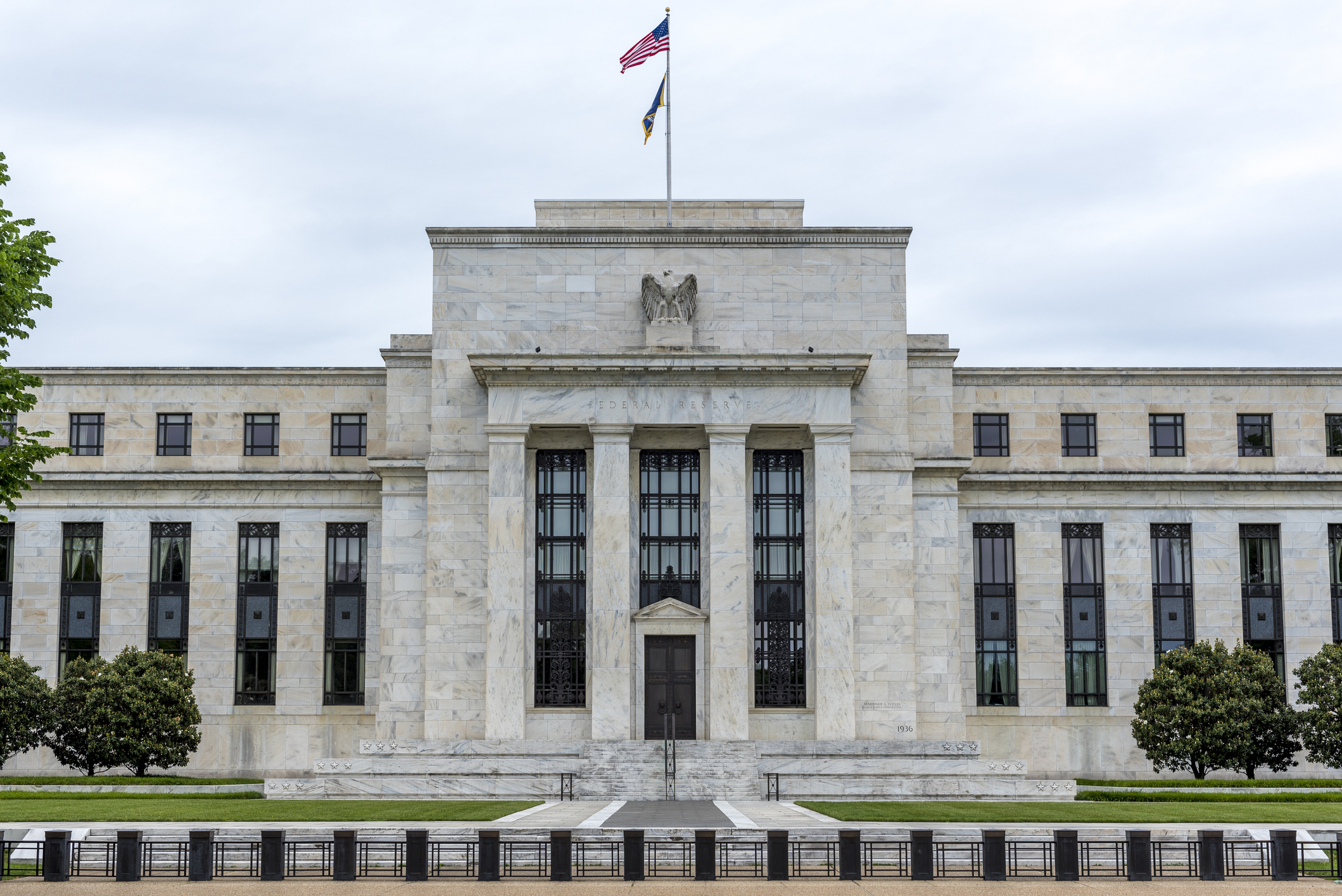 'Governments are launching an assault on the independence of central banks'
'Governments are launching an assault on the independence of central banks'Opinion Say goodbye to the era of central bank orthodoxy and hello to the new era of central bank dependency, says Jeremy McKeown
-
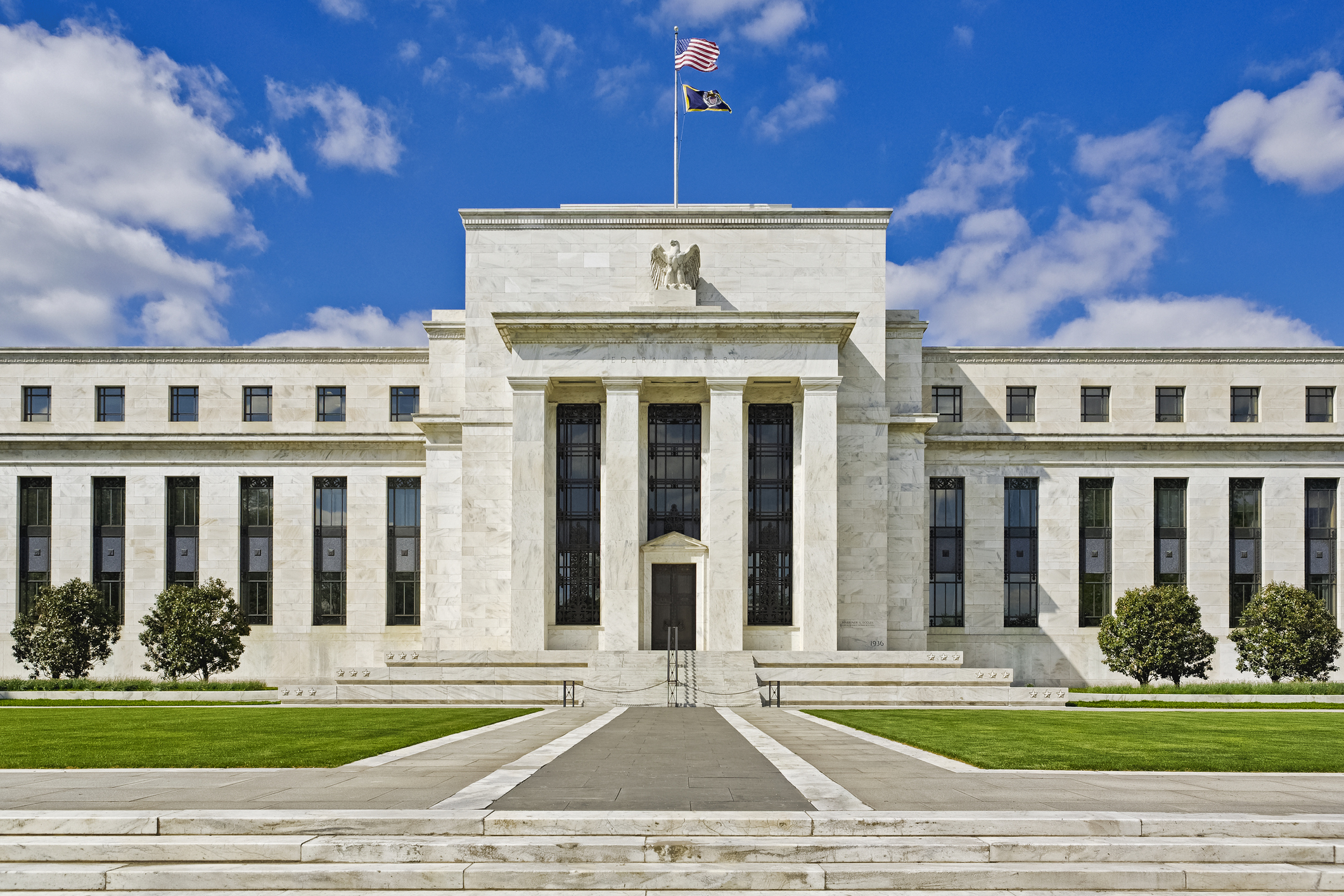 Do we need central banks, or is it time to privatise money?
Do we need central banks, or is it time to privatise money?Analysis Free banking is one alternative to central banks, but would switching to a radical new system be worth the risk?
-
 Will turmoil in the Middle East trigger inflation?
Will turmoil in the Middle East trigger inflation?The risk of an escalating Middle East crisis continues to rise. Markets appear to be dismissing the prospect. Here's how investors can protect themselves.
-
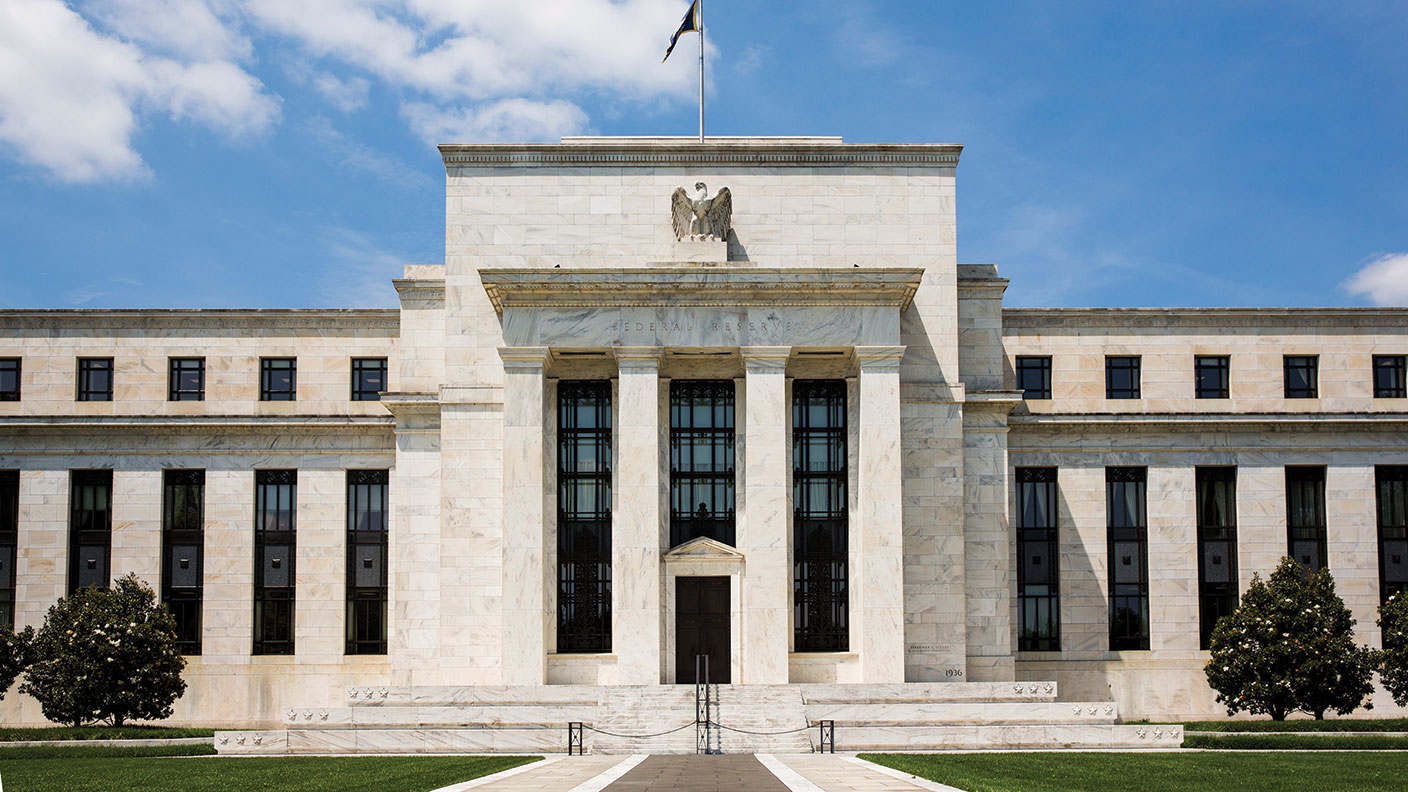 Federal Reserve cuts US interest rates for the first time in more than four years
Federal Reserve cuts US interest rates for the first time in more than four yearsPolicymakers at the US central bank also suggested rates would be cut further before the year is out
-
 The Bank of England can’t afford to hike interest rates again
The Bank of England can’t afford to hike interest rates againWith inflation falling, the cost of borrowing rising and the economy heading into an election year, the Bank of England can’t afford to increase interest rates again.
-
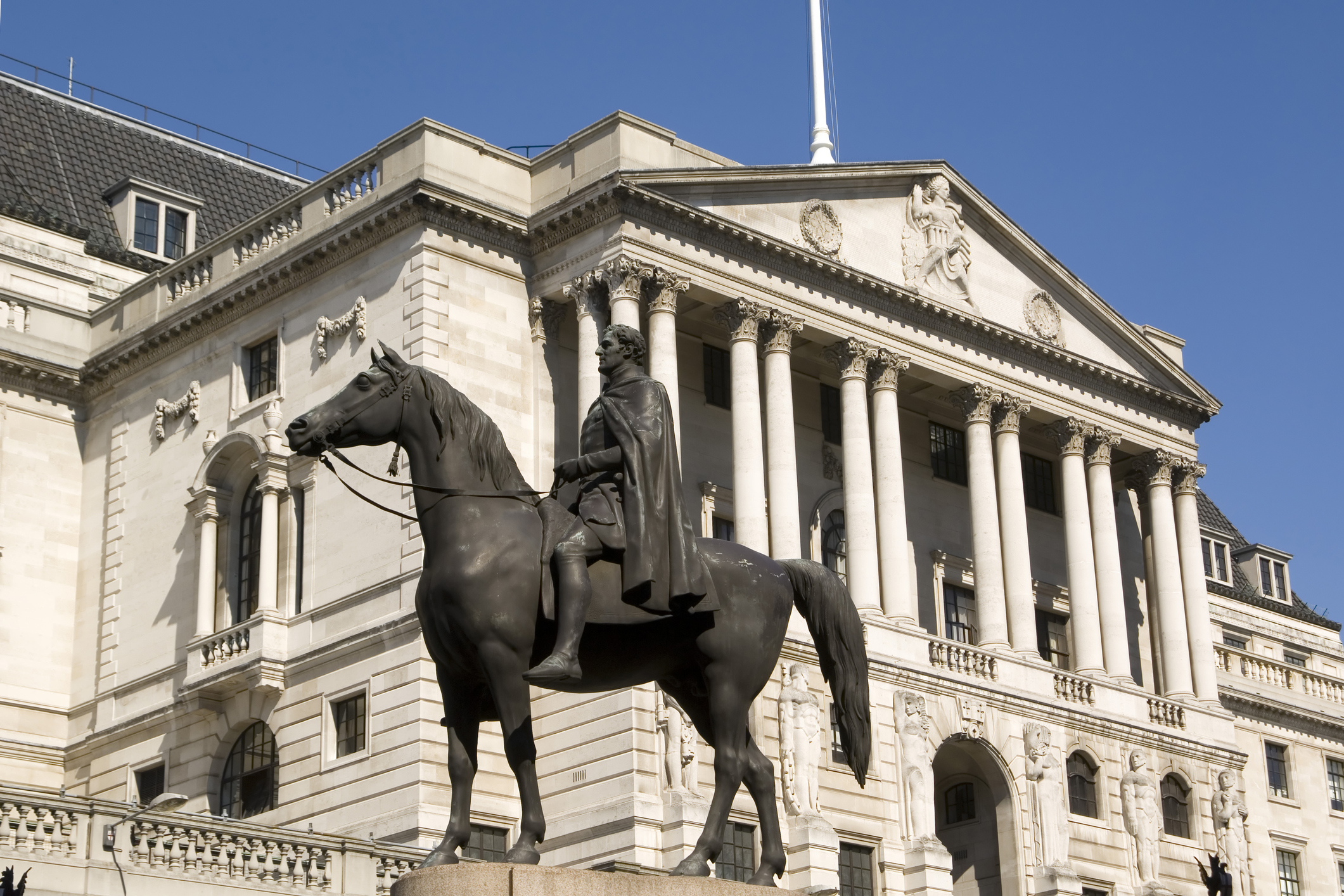 Interest rates held at 5.25% again
Interest rates held at 5.25% againThe Bank of England has kept rates at 5.25% again, in a widely anticipated move. We look at what it means for your money - and what the Bank’s next move could be
-
 US inflation rises to 3.7% as energy prices surge - will the Fed hike rates?
US inflation rises to 3.7% as energy prices surge - will the Fed hike rates?US consumer price index rose in August but markets do not expect a rate hike this month
-
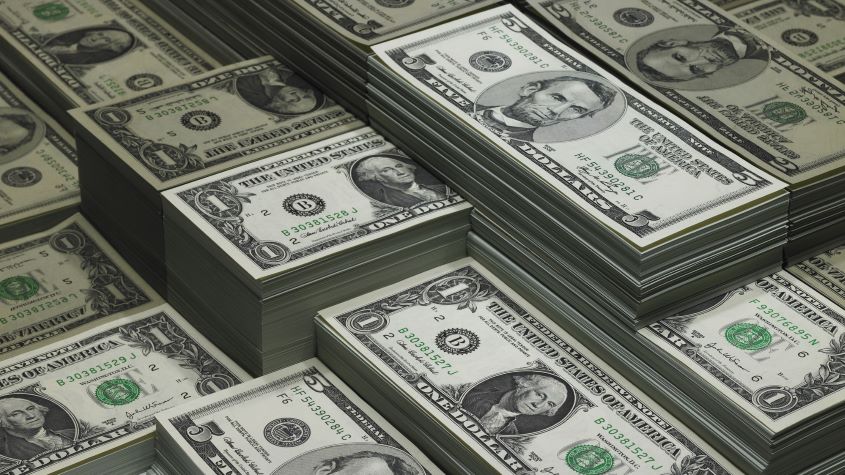 The debt ceiling illustrates America’s empire of debt
The debt ceiling illustrates America’s empire of debtOpinion The US has never quite got the hang of the conquering business as the debt ceiling debate shows.
